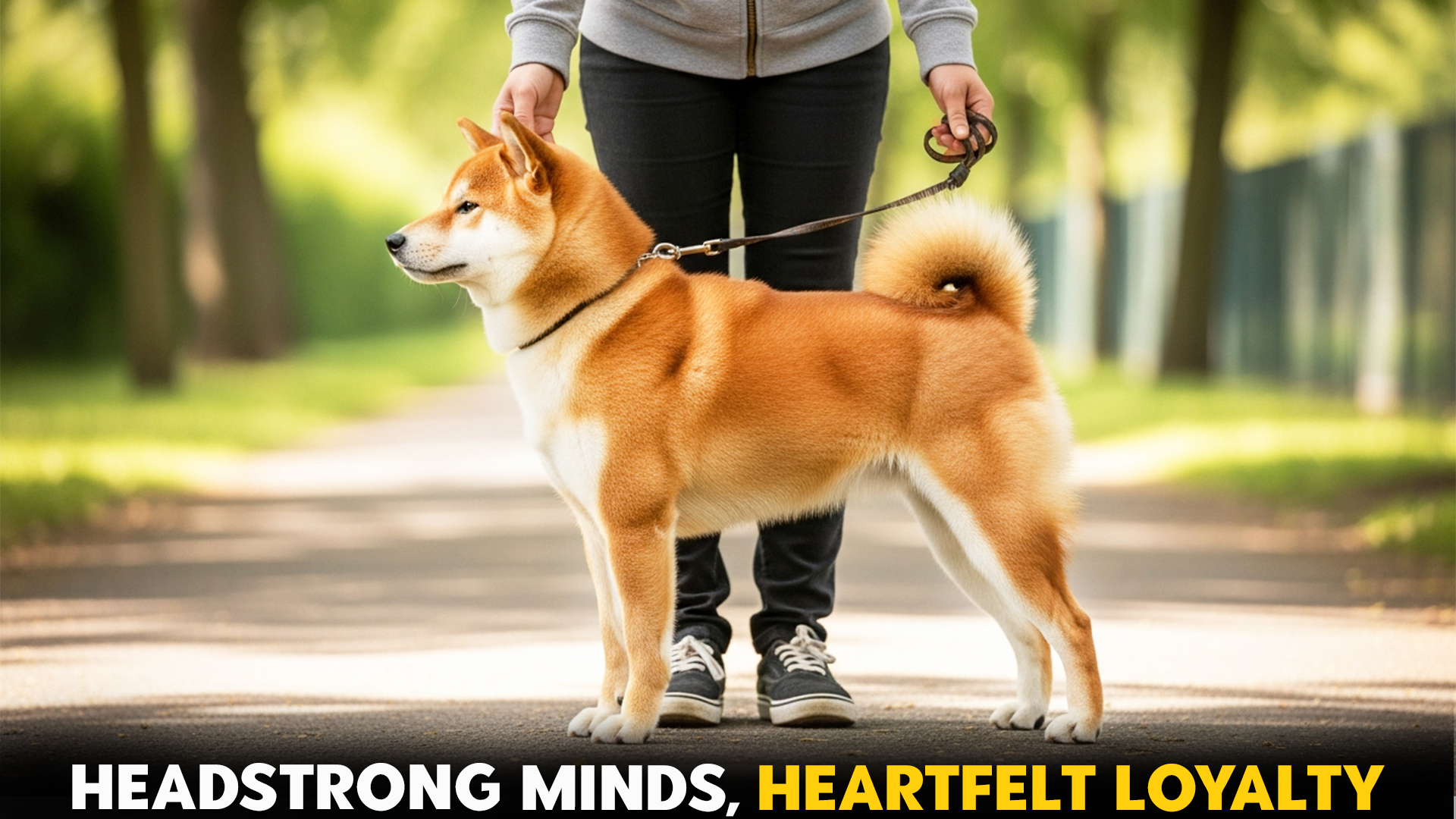Every dog has a unique personality, but some stand apart for their independence, determination, and confidence. These strong-willed breeds possess minds of their own—dogs that challenge commands, test limits, and rely on instinct as much as instruction.
Their stubbornness isn’t defiance—it’s a sign of intelligence, self-assurance, and a deep sense of purpose that can be incredibly rewarding for patient, consistent owners.
Owning a strong-willed dog is a lesson in mutual respect. These breeds thrive when given positive reinforcement, structure, and engaging mental challenges. Once trust is earned, their loyalty runs deep, forging bonds based not on blind obedience but on genuine connection.
Interestingly, research shows that dogs can recognize human emotions, distinguishing between happy and angry facial expressions—a rare ability shared across species.
This empathy and awareness highlight why, despite their stubbornness, these breeds form powerful, lasting bonds—proving that a strong will can coexist beautifully with unwavering devotion.
In this guide, we’ll explore dog breeds known for their strong will, from independent thinkers to instinct-driven workers.
Dog Breeds Known For Their Strong Will
1. Siberian Husky
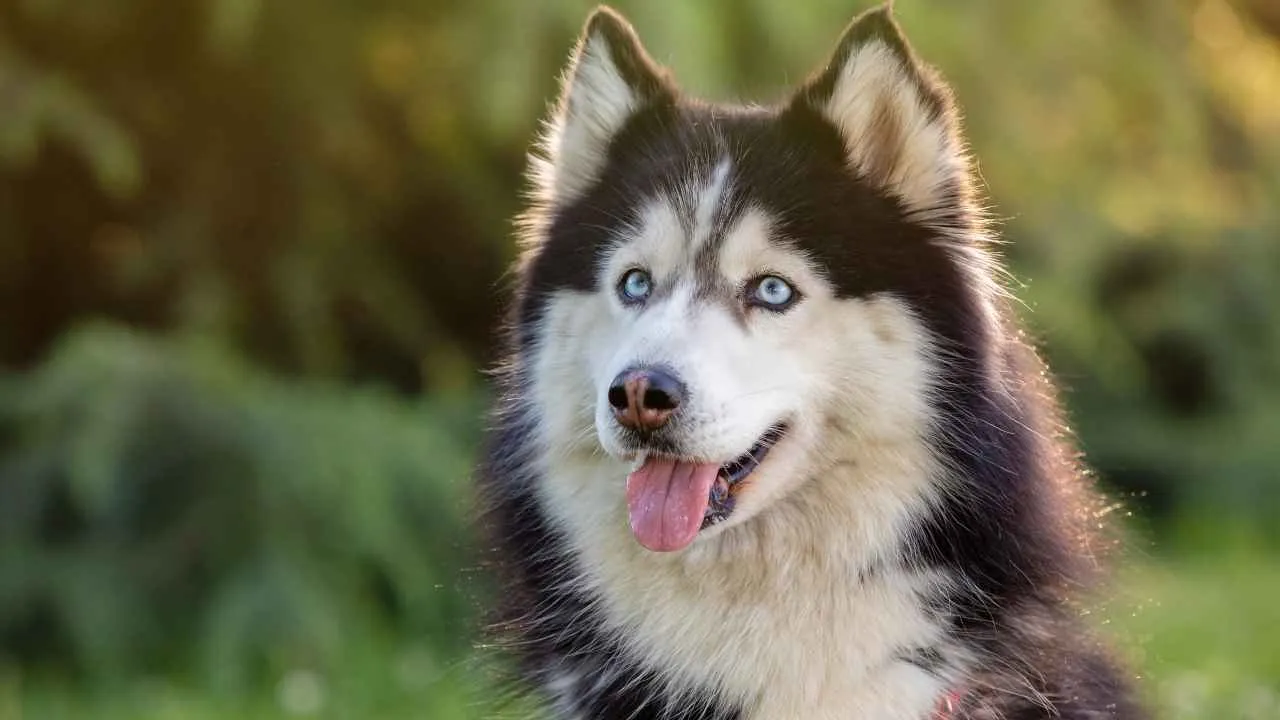
Also known as the Chukchi Dog or Sibe, the Siberian Husky is a medium-sized working breed originating from the harsh tundras of Siberia. With striking blue or multicolored eyes, a thick double coat, and an expressive face, this breed embodies both endurance and elegance.
The AKC describes the Siberian Husky as a well-furred sled dog bred for stamina and teamwork, designed to pull heavy loads across long, icy distances.
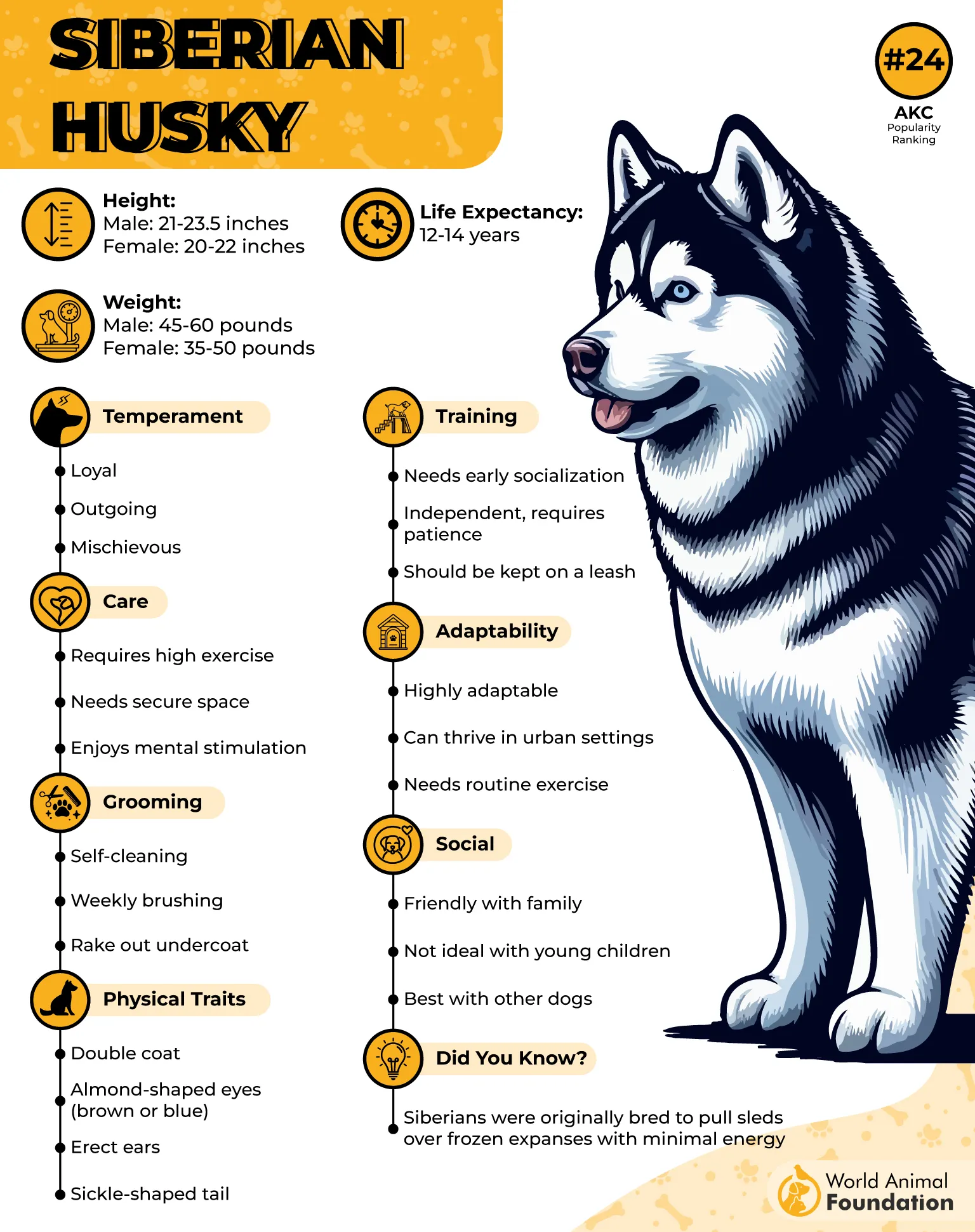
Their strong will comes from centuries of making quick, autonomous decisions in extreme conditions—a trait that persists today. This self-reliant nature makes them natural leaders, but also means they may question commands when they may not be in the right temperament.
Training requires patience, consistency, and positive reinforcement, as harsh discipline only fuels their stubborn streak.
Siberian Huskies crave mental challenges and vigorous activity, making them ideal companions for families who embrace outdoor adventures. Without sufficient stimulation, their clever minds may turn to creative mischief like digging, chewing, or escape attempts.
Their high prey drive and curiosity mean fenced yards and secure leashes are essential. What truly defines the Husky’s strong will is its spirit—a blend of independence, intelligence, and determination.
Fun Fact: In 1925, Siberian Huskies heroically relayed life-saving serum over 674 miles to Nome, Alaska, during the “Great Race of Mercy,” a feat commemorated by the Iditarod race.
🎧 Dogcast
Episode 10 — Halloween Special
If you don’t hear sound, tap the button above to enable audio.
2. Akita
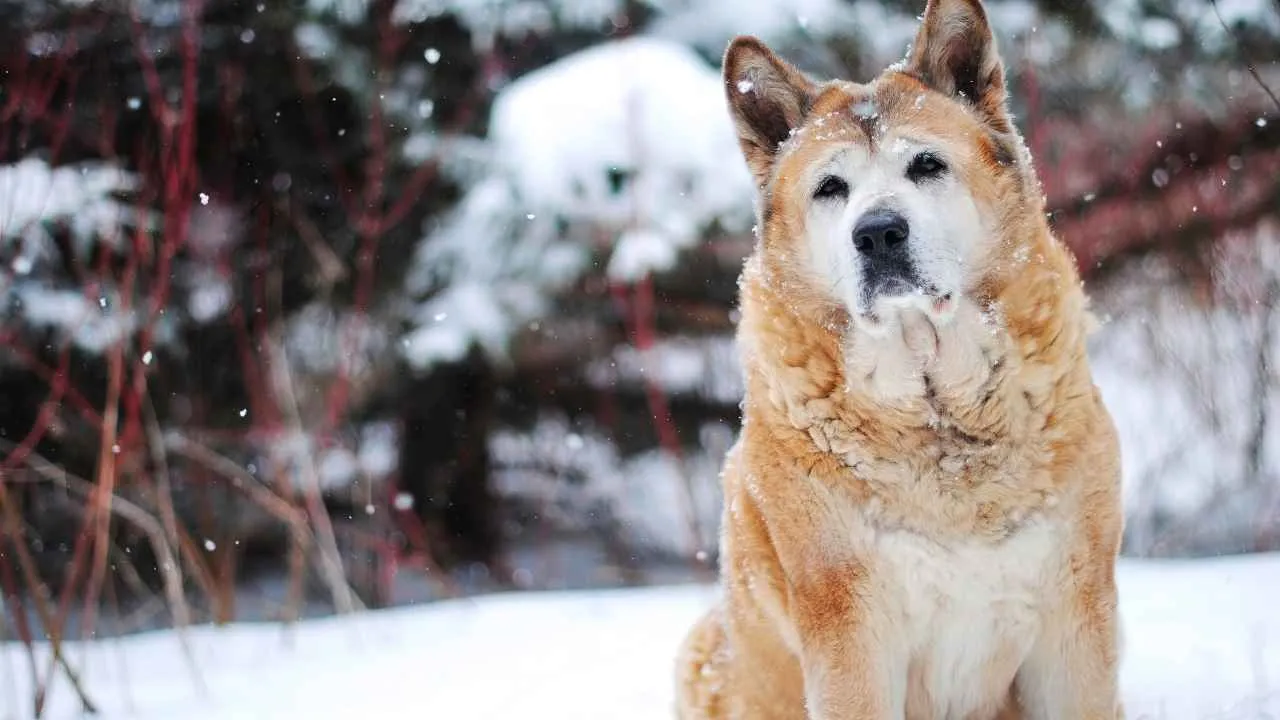
Also known as the Akita Inu, stands out for its striking appearance, clean habits, and dignified personality. PetMD explains that the Akita is a Japanese breed originally developed for hunting large game.
With a sturdy frame and a calm yet alert demeanor, the Akita embodies quiet confidence. It was originally bred for hunting and protection, developing both strength and independence.
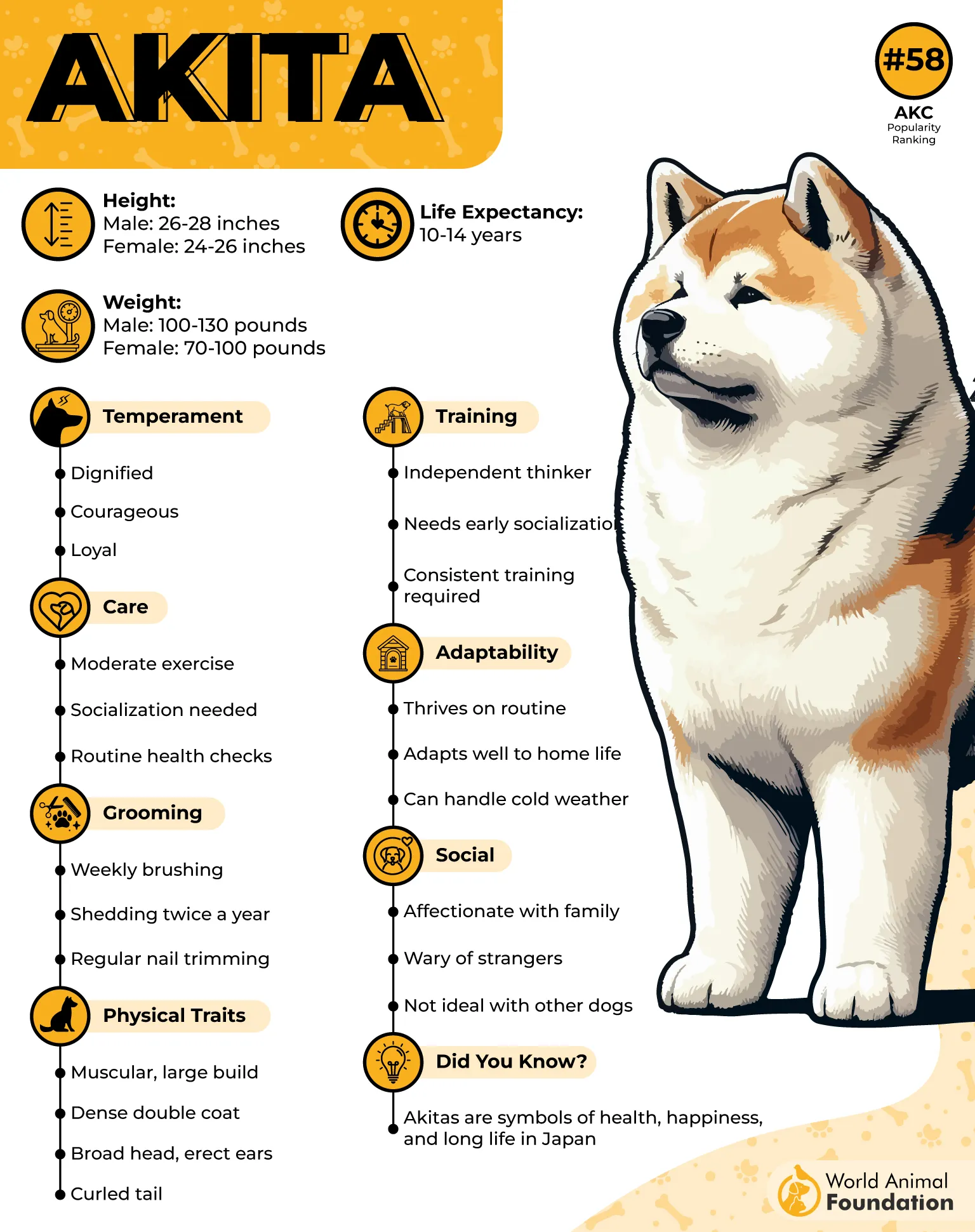
Akitas are famously strong-willed, requiring owners who can earn their trust through patience and leadership. Their intelligence often translates to selective obedience—if they see no purpose in a command, they may simply walk away.
However, once bonded, an Akita’s loyalty runs deep, forming an unbreakable connection with their family. Because of their dominant temperament, Akitas thrive under firm, consistent training from an experienced hand.
Early socialization helps balance their protective instincts, ensuring they stay composed around guests and other pets. Without guidance, their independence can turn into stubbornness, making training a test of persistence.
Despite their imposing nature, Akitas are deeply affectionate toward loved ones, often following family members from room to room like a silent guardian.
Fun fact: Akitas are known for being exceptionally clean—many even groom themselves in a cat-like manner.
3. Shiba Inu
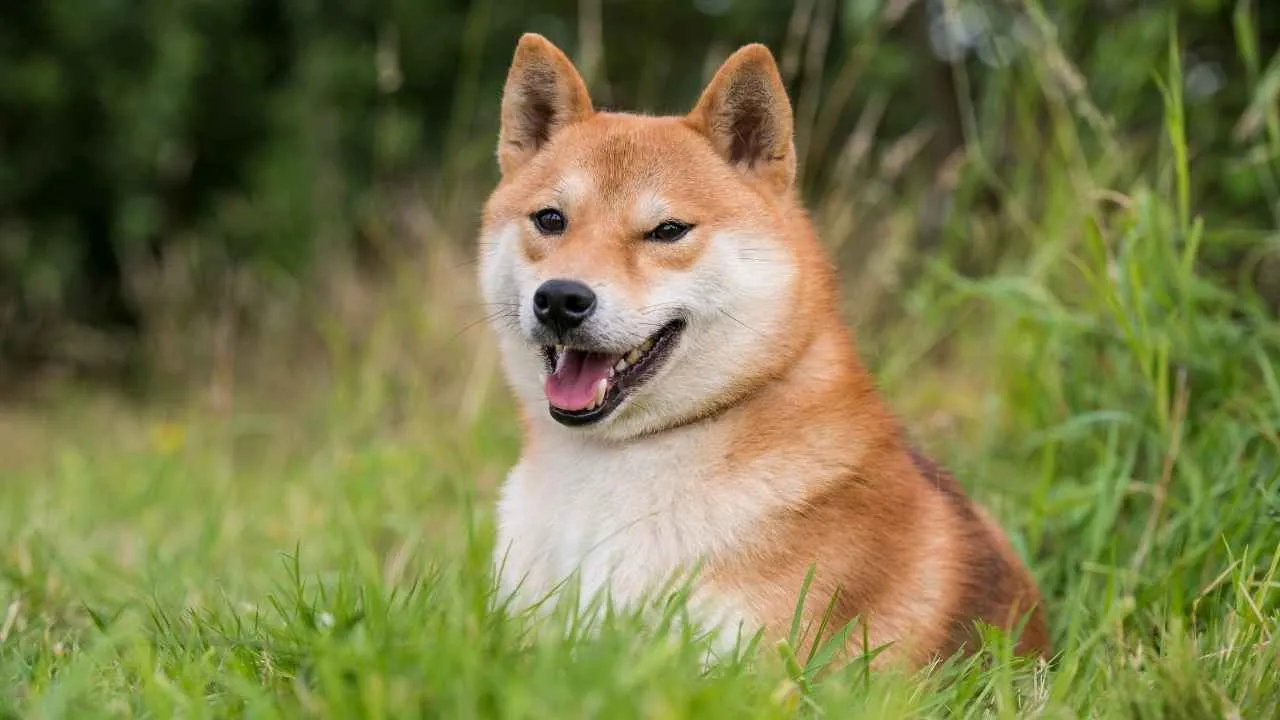
Also known simply as the Shiba, it was originally developed for hunting small game across mountainous terrain. WebMD notes that Shiba Inus are Japanese dogs known for their independence and loving nature.
Compact yet muscular, the Shiba Inu is easily recognized by its curled tail, alert expression, and confident stance. Its fox-like face and fiery red coat mirror its spirited personality—a boldness that’s both admirable and, at times, challenging for novice owners.
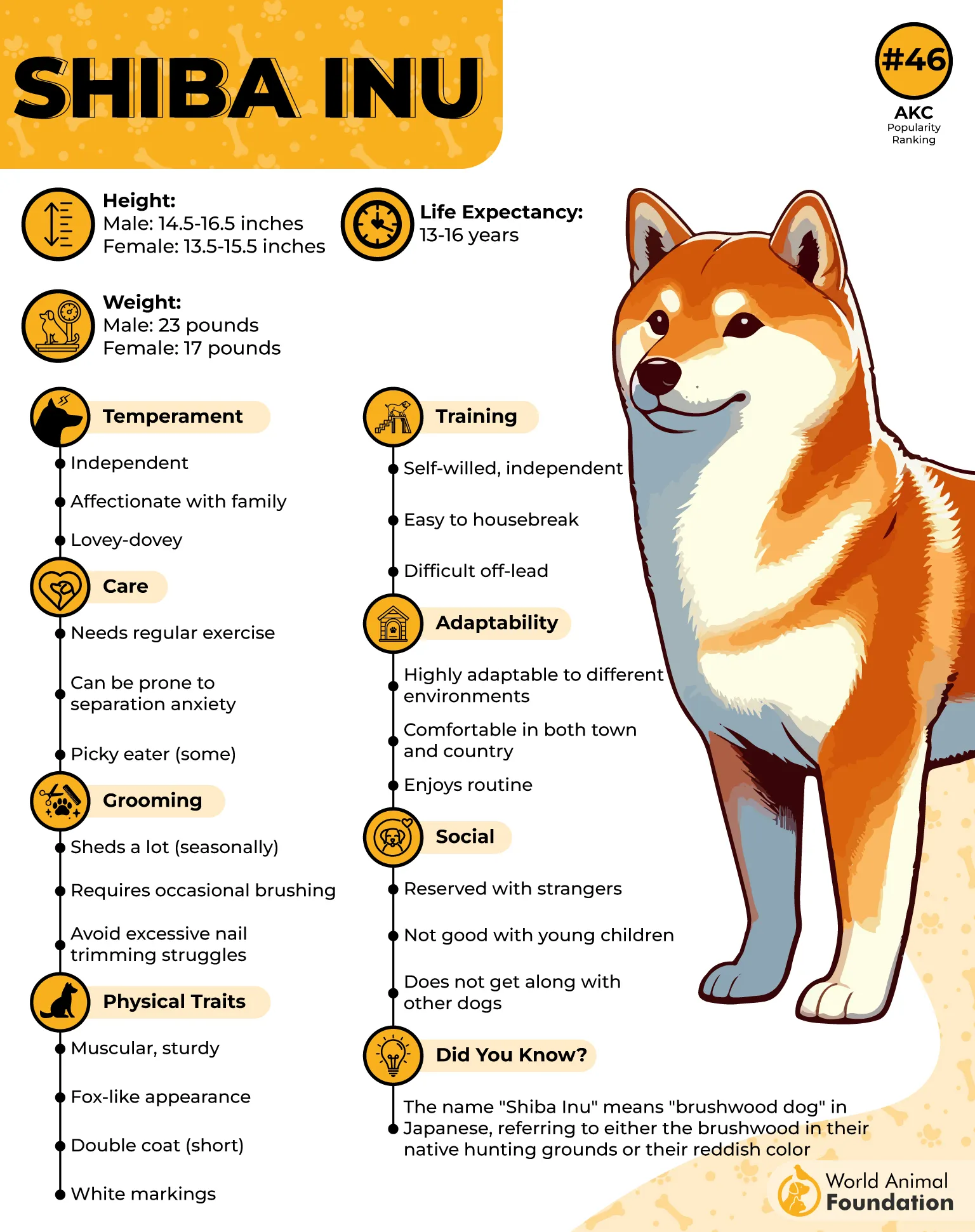
Independent to the core, Shibas often display a strong will and selective obedience. Their intelligence enables them to understand commands quickly, but their stubborn streak means they’ll only respond when they see fit.
This assertive nature requires a calm, confident leader who can establish mutual respect through positive reinforcement and patience.
Their confidence also manifests in a dignified reserve; Shibas prefer to assess situations before engaging. While they may seem aloof, they’re deeply loyal once trust is earned.
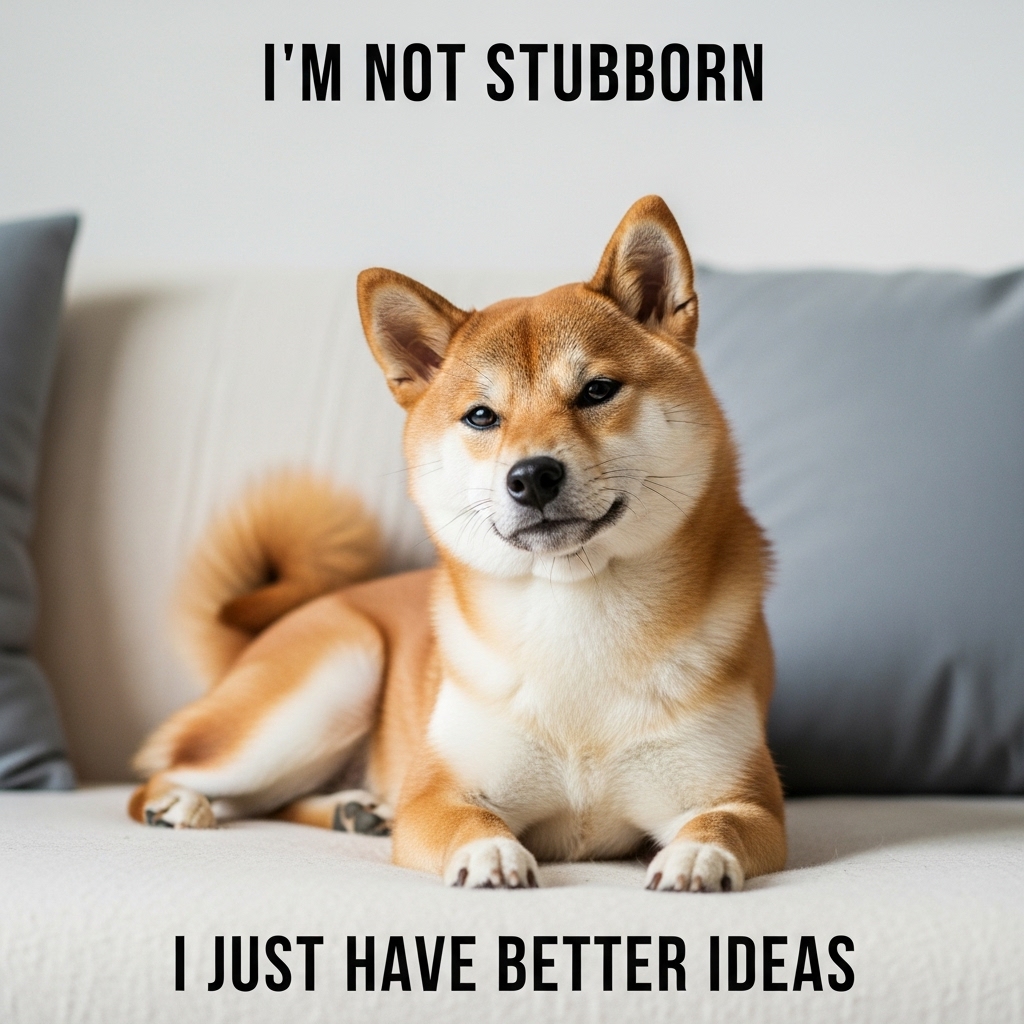
This self-assured temperament makes them vigilant companions who stay aware of their surroundings, embodying quiet confidence rather than overt dominance.
Early socialization is vital to balance their strong will with good manners. With proper guidance, their spirited independence transforms into steadfast confidence—a hallmark of the breed.

Fun fact: The Shiba Inu inspired the iconic Doge meme, with the famous rescue dog Kabosu living to the age of 18 in Japan.
4. Chow Chow
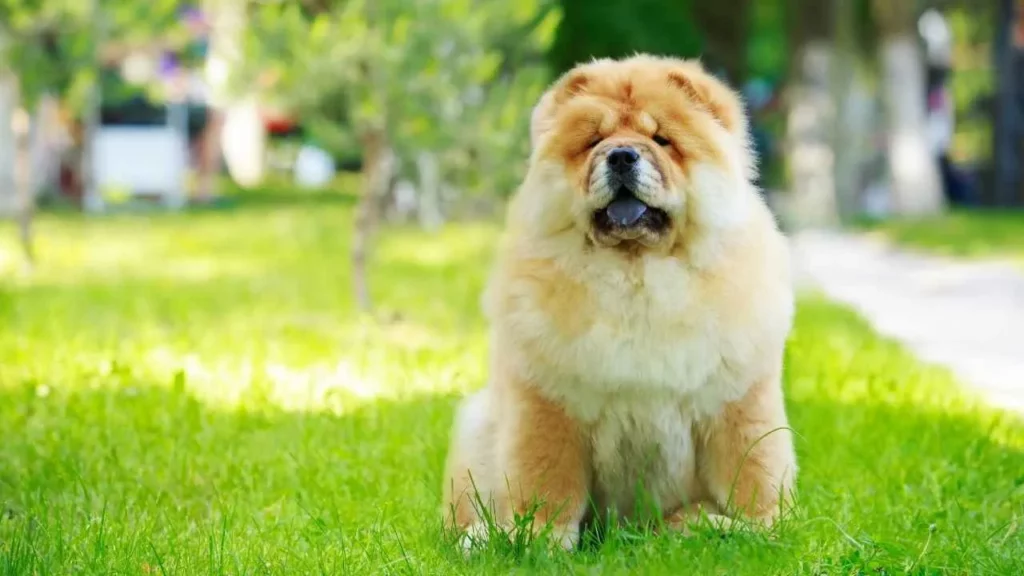
Also known as the Songshi Quan or “puffy-lion dog,” the Chow Chow is a dignified breed hailing from ancient China. Recognized by its lion-like mane, deep-set eyes, and signature blue-black tongue, this medium-sized dog combines elegance with power.
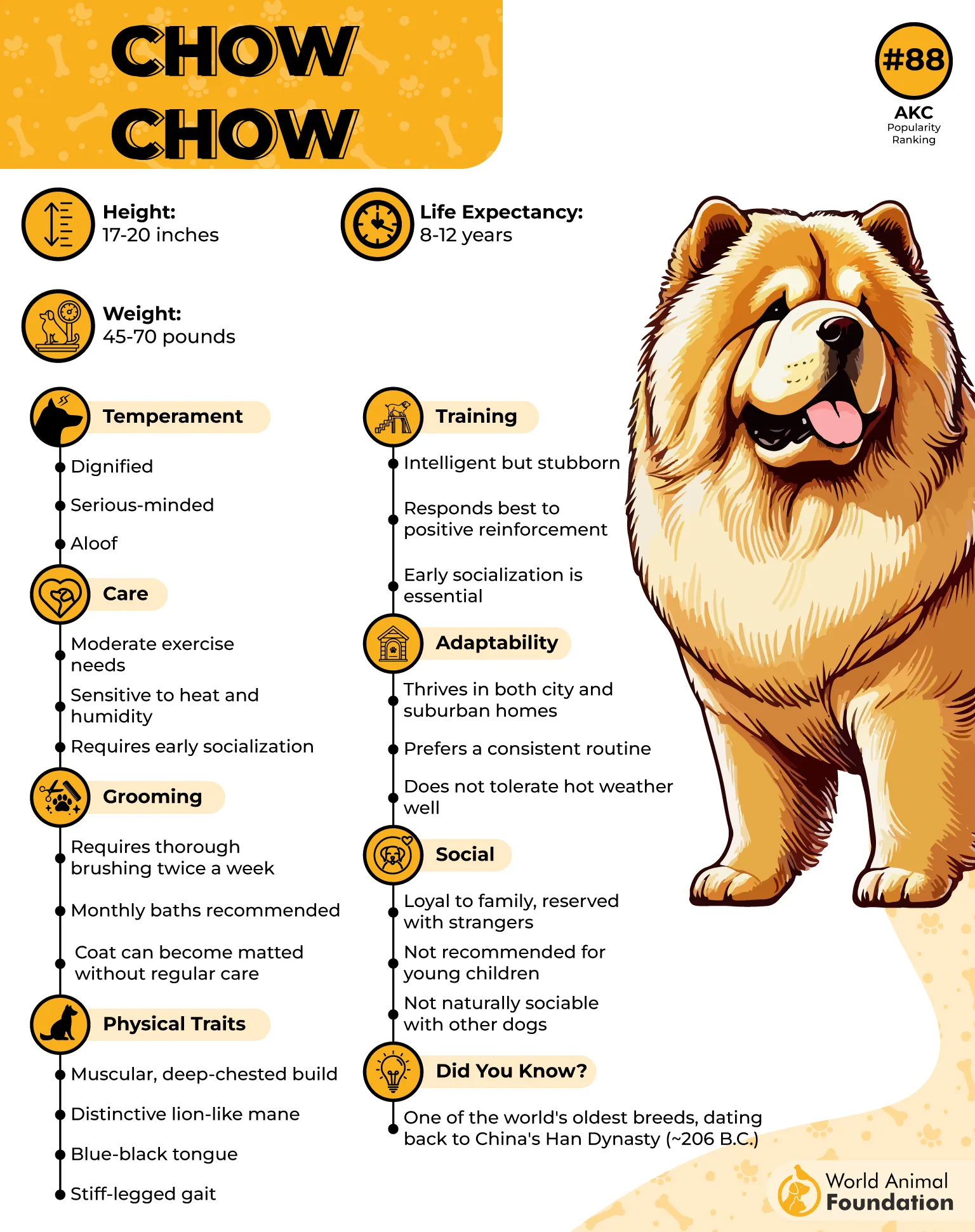
Strong-willed and fiercely independent, this loyal breed often prefers to make its own decisions rather than follow commands blindly. This self-assured attitude can be challenging for novice owners, especially since pushing the breed too hard can result in withdrawal or complete refusal to engage.
Patience, positive reinforcement, and early training are key to earning their respect.

Their aloofness isn’t a lack of affection—it’s a reflection of their ancient role as temple and palace guardians. They are deeply loyal to their families and protective of their home, showing affection selectively but sincerely.
Because of this, socialization from puppyhood is vital to help them adapt to new people and environments.
For families willing to understand their temperament, the Chow Chow rewards with steadfast devotion. Interestingly, these naturally clean dogs are known for being remarkably easy to potty train.
5. Dachshund
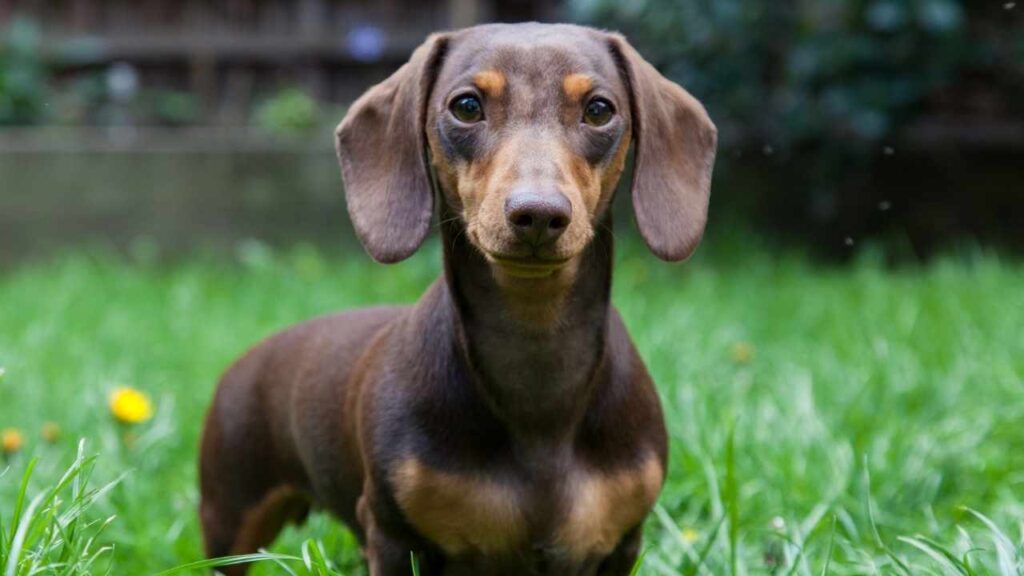
Also known as the “Wiener Dog” or “Sausage Dog”, the Dachshund is instantly recognizable for its elongated body, short legs, and bold personality. Available in standard and miniature sizes, their smooth or long coats and expressive eyes make them as charming as they are tenacious.
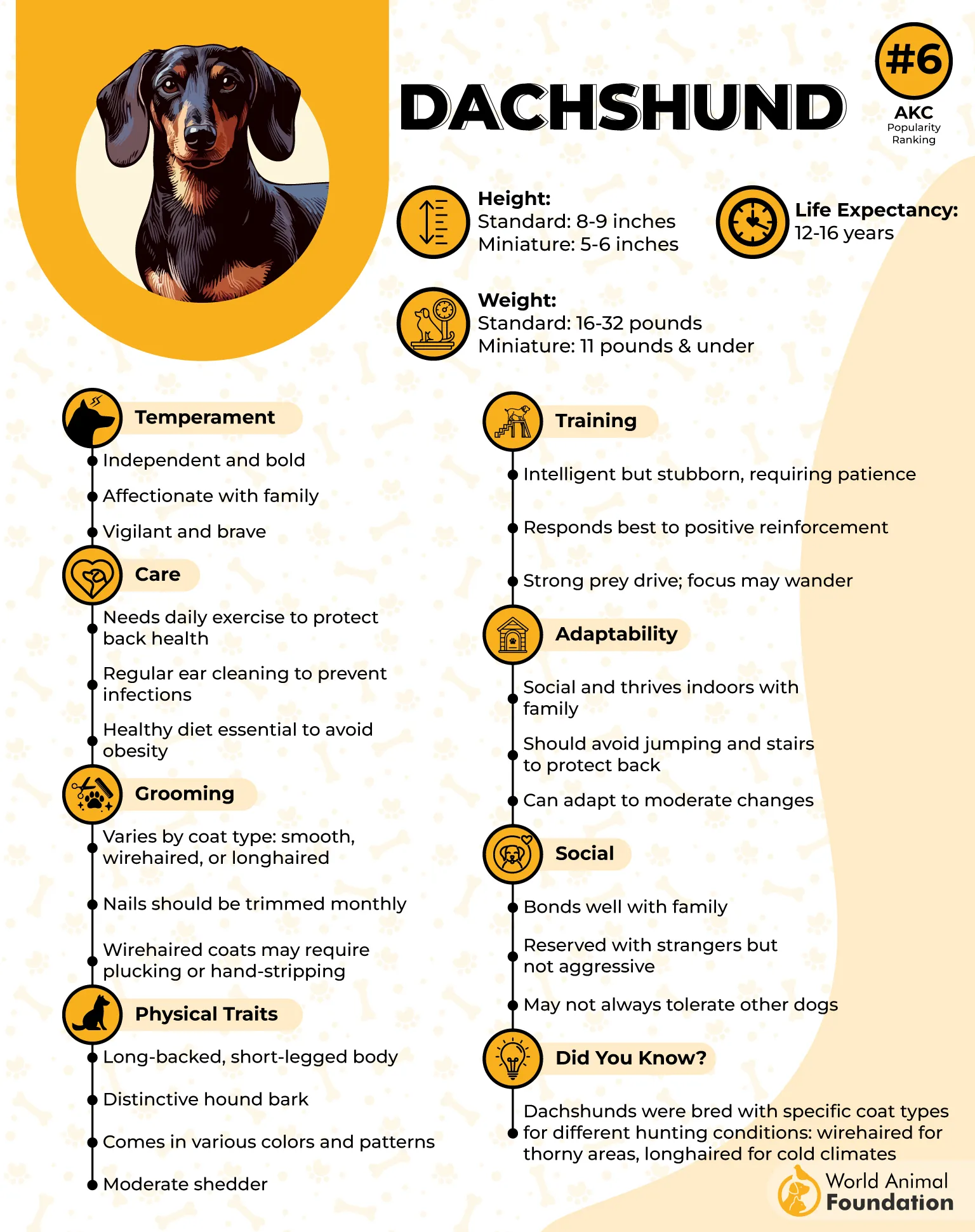
When it comes to willpower, Dachshunds are second to none. Their hunting heritage gives them a fierce independent streak—they’ll often insist on doing things their way, whether that means exploring every scent or resisting commands they deem unnecessary. This stubbornness is a reflection of their confidence, not disobedience.
Owners quickly learn that a Dachshund’s determination can be both entertaining and challenging. Training requires patience, consistency, and positive reinforcement, as these dogs prefer collaboration over coercion. Once engaged, however, they are quick learners who respond well to reward-based methods.
Their spirited nature also makes them excellent problem-solvers. Whether digging for hidden toys or alerting their family to unusual activity, they’re constantly seeking stimulation. Despite their size, they embody the courage of much larger dogs—true to their roots as fearless badger hunters.
Fun Fact: Dachshunds were bred to pursue burrowing animals, with their name literally translating to “badger dog.”
6. Jack Russell Terrier
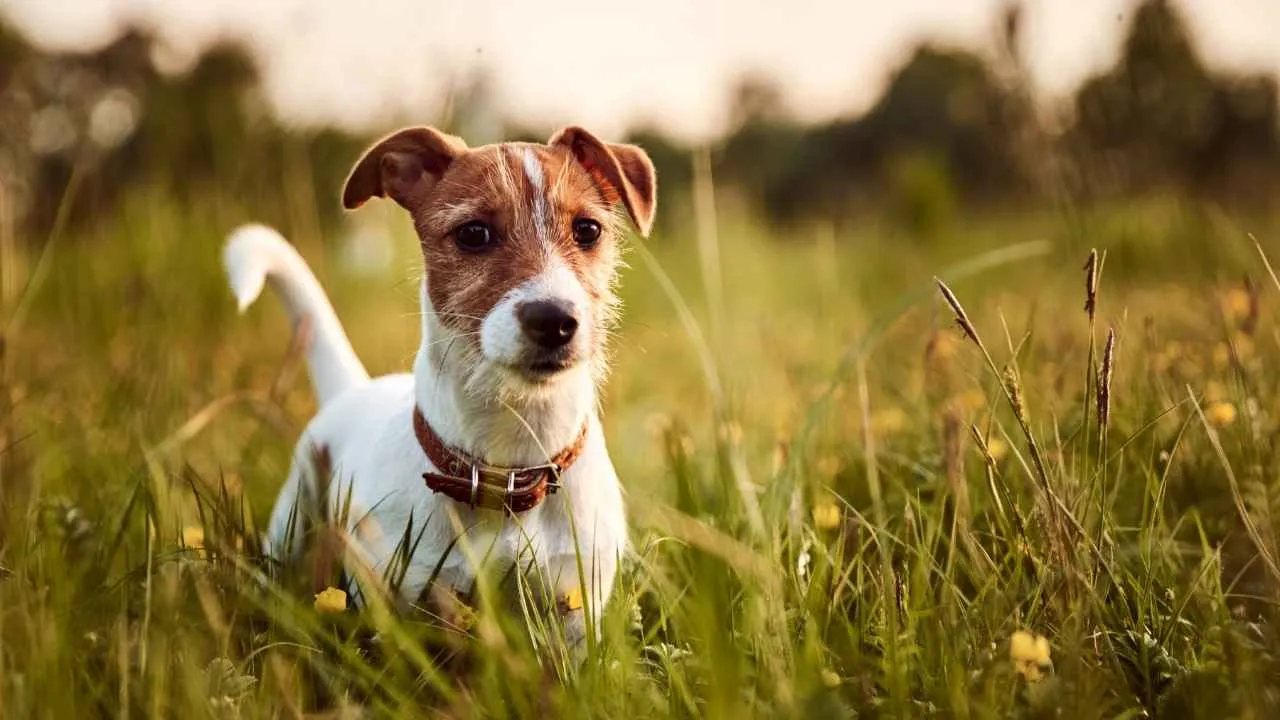
Also known as the Parson Russell Terrier, this lively British breed was originally developed for fox hunting. Its short, smooth, or wiry coat often showcases a striking white base with black or tan markings, adding to its energetic and alert demeanor.
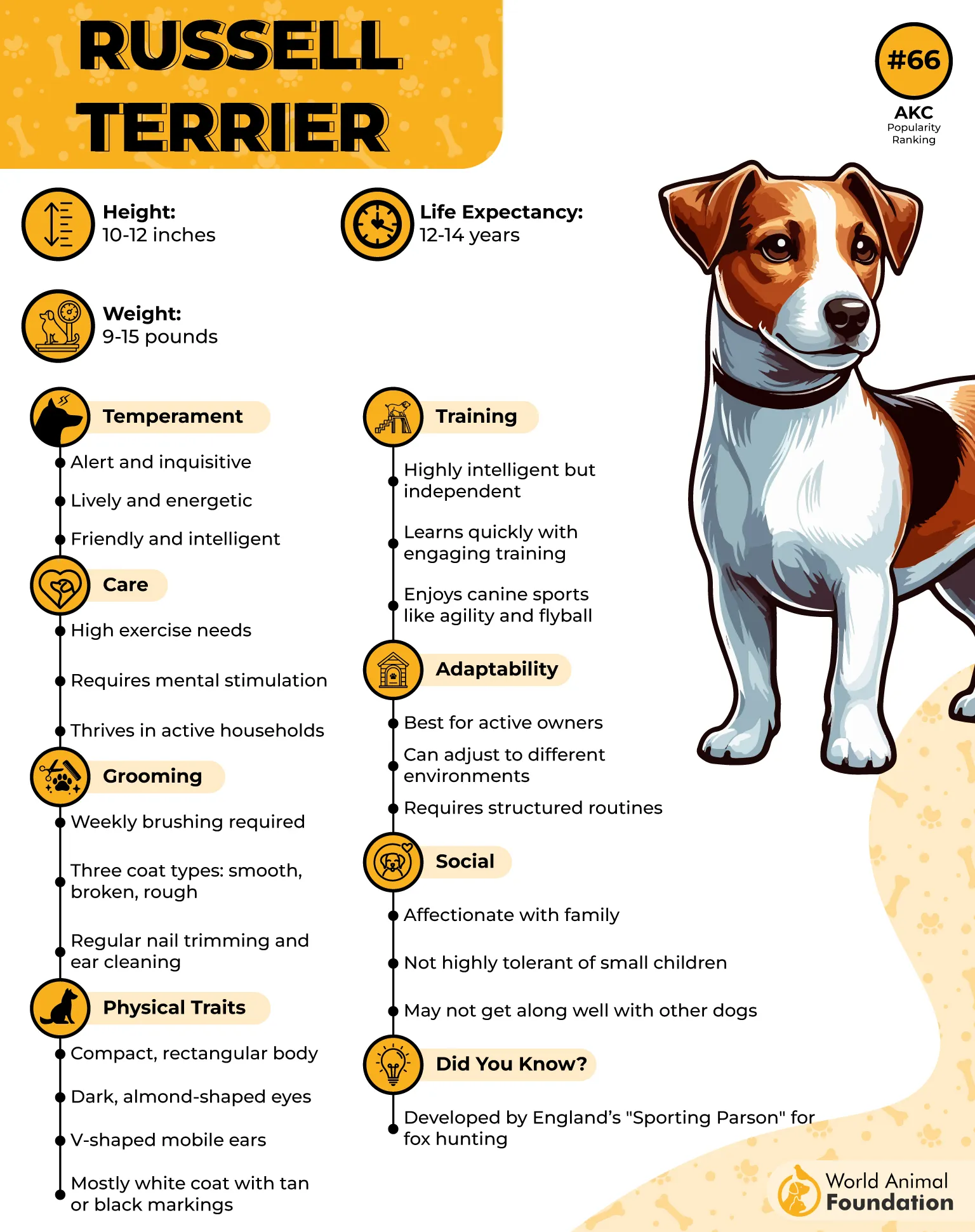
Known for their strong will, Jack Russells are spirited and independent thinkers who thrive under structure. Without consistent training, their high intelligence can translate into mischievous behavior.
They respond best to firm yet positive reinforcement techniques that channel their determination into productive outlets like agility or scent games.
Because of their relentless energy and curiosity, these terriers demand both physical exercise and mental stimulation. Routine training sessions not only sharpen obedience but also strengthen the bond between dog and owner, ensuring mutual respect.
Experienced handlers often find that clear boundaries help this strong-willed breed flourish.
Though famously stubborn, Jack Russells are quick learners when engaged properly. Their eagerness to explore and problem-solve makes them ideal partners for active families.
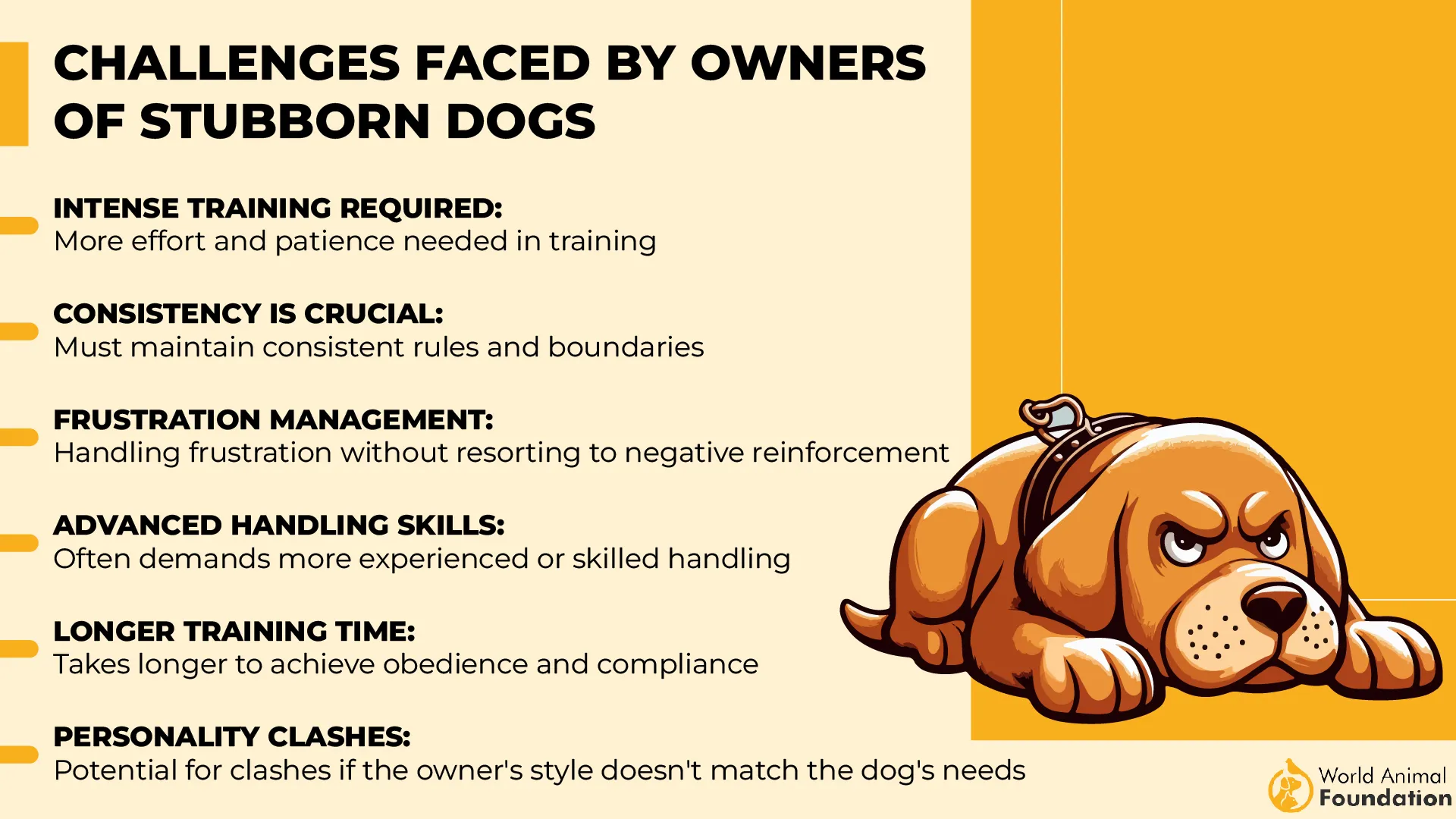
Fun Fact: This breed’s history began with Reverend John Russell and his dog “Trump,” the foundation of their fearless and agile lineage.
7. Beagle
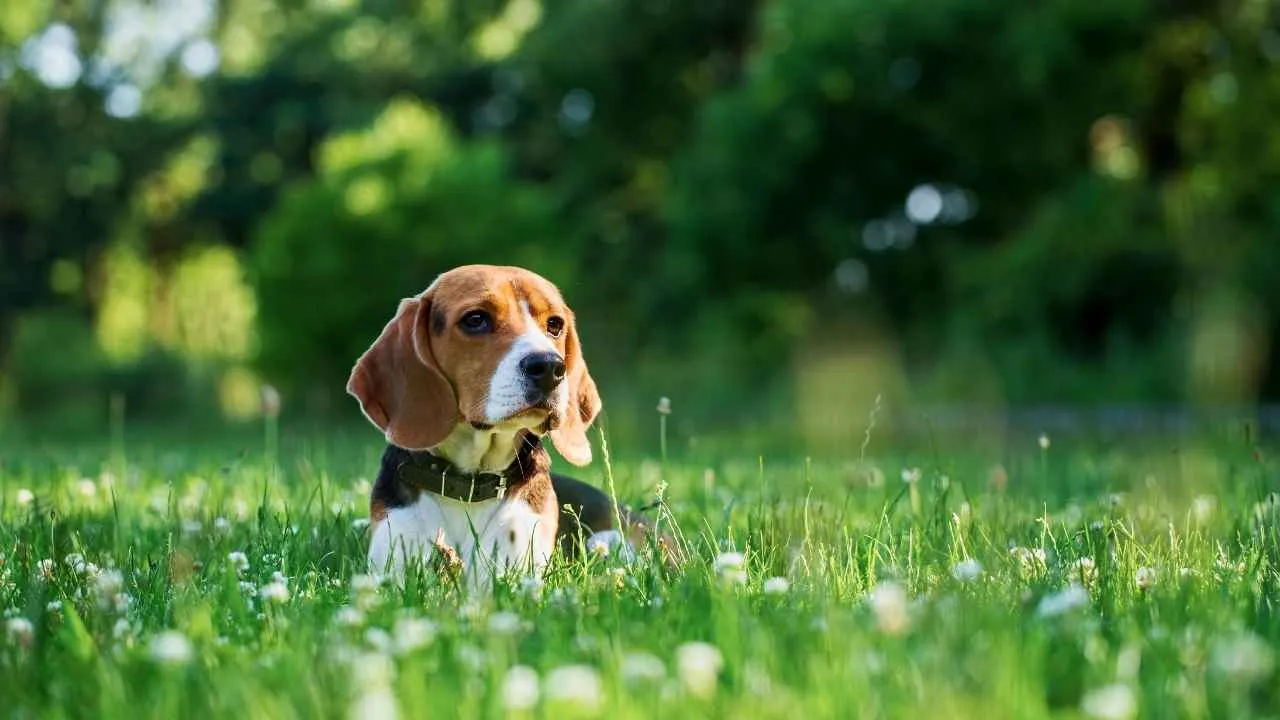
Also known as the “foot hound,” the Beagle is a small yet spirited breed recognized for its soulful eyes, floppy ears, and cheerful energy. Behind that adorable face lies a dog with both determination and independence—a combination that makes Beagles lovable but undeniably headstrong.
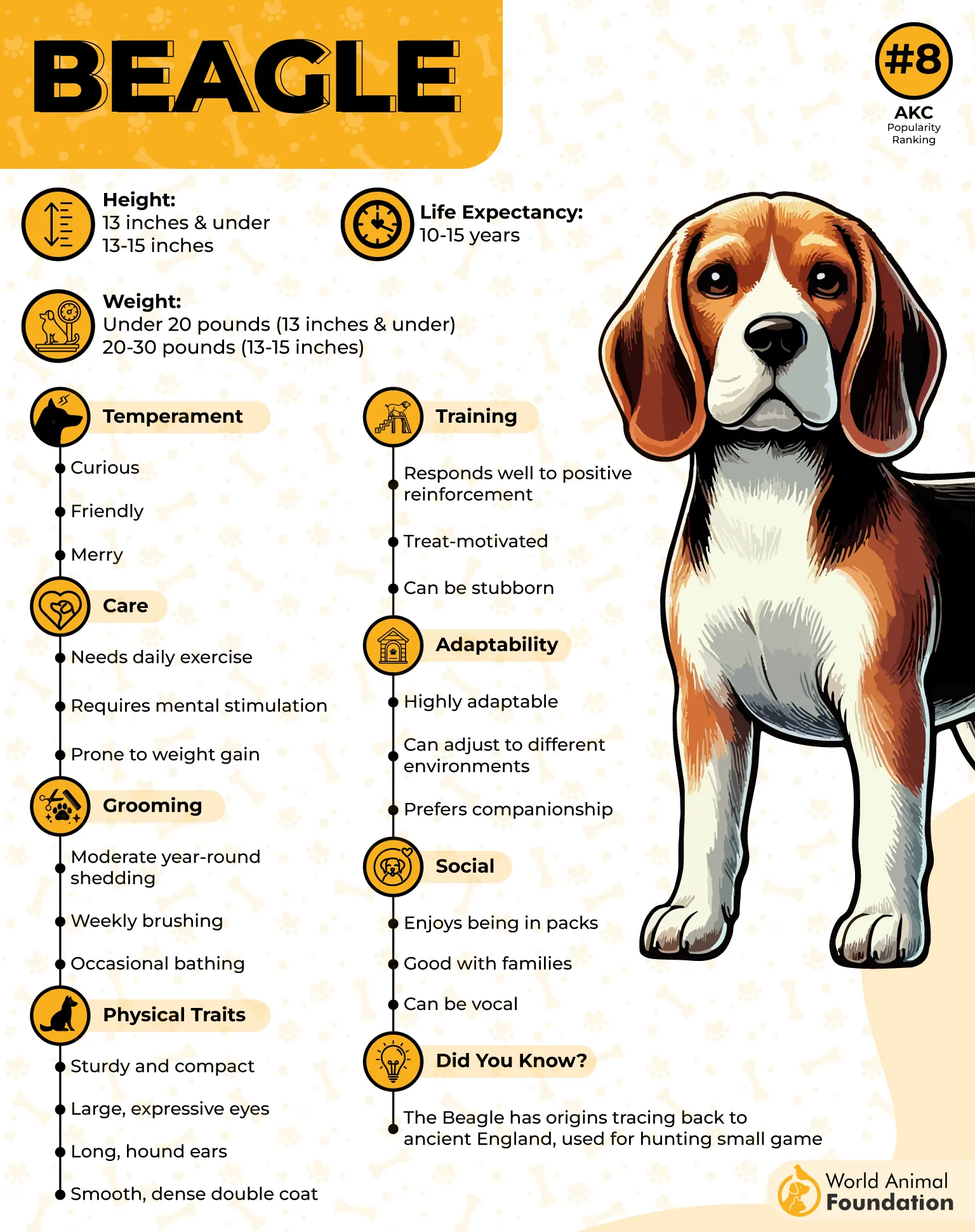
Their strong will often stems from a deep instinct to follow scents, which can easily override recall commands. A Beagle might pretend not to hear you when chasing an intriguing trail, but this single-minded focus is also what makes them such skilled scent hounds.
Balancing patience with consistency in training helps families turn that stubborn streak into obedience.
Despite their mischievous independence, these energetic dogs remain loyal companions who adore human company. Their social nature ensures they get along well with children and other pets, making them ideal family dogs for those who appreciate an active, curious spirit.
Pet parents who embrace creative training techniques—especially using food rewards—will find the Beagle’s eagerness and intelligence shining through.
Fun fact: Beagles are ranked among the top scent-tracking dogs and even assist the USDA in detecting contraband food at airports.
Conclusion
Strong-willed dogs may test their owners’ patience, but their determination, intelligence, and instinct often make them exceptional family pets when guided with consistency and care.
Many of these stubborn dog breeds — whether working dogs, herding types, or smaller companions — thrive under obedience training that starts at a young age. Their independence is part of what makes them so remarkable; they simply need structure, patience, and understanding.
Regular daily walks, engaging activities, and mental stimulation help prevent them from becoming easily distracted and reinforce their focus on learning.
Even famously cooperative breeds like Golden Retrievers and small dog varieties can show moments of defiance, reminding owners that willpower often pairs with intelligence. For those managing strong-minded pups, seeking professional help can turn challenges into opportunities for growth.
Whether you’re raising an ancient breed with deep instincts or an intelligent newcomer eager to please, the key lies in steady guidance — proving that even the most headstrong pup can become loyal, well-mannered, and easy to train with time and trust.
Test Your Knowledge: Strong-Willed Dog Breeds 🐾
❄️ Which breed once pulled life-saving serum across Alaska in 1925?
🗾 Which Japanese breed is known for dignity, strength, and loyalty?
🦊 Which fox-like Japanese dog inspired the famous Doge meme?
🦁 Which lion-like Chinese breed is known for its blue-black tongue?
🐶 Which small hound is strong-willed and famous for following scents?


